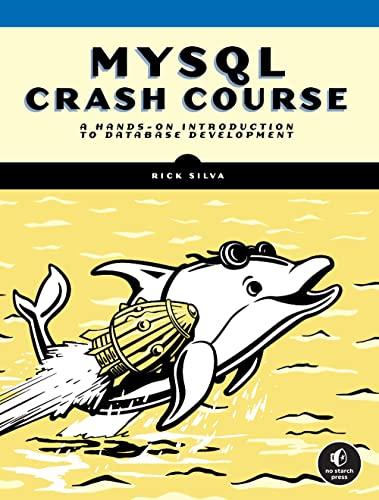Question
The following code gives an example of a C program that calls a function. void adder(int a, int *b) { *b = a + *b;
The following code gives an example of a C program that calls a function.
void adder(int a, int *b)
{
*b = a + *b; }
void main (void)
{
int x = 3, y = 4; adder(x, &y);
}
This 68000 program creates the following output from a compiler. The panel describes some of the instructions that are not obvious.
*1 void adder (int a, int *b)
Parameter a is at 8 (FP)
Parameter b is at 10 (FP)
adder
LINK FP, #0
*2 {
*3 *b = a + *b;
NOVEA.L 10 (FP) , A4
MOVE (A4) , D1
ADD 8 (FP) , D1
MOVE D1 , (A4)
*4 }
*5
*6 void main (void)
Variable x is at -2 (FP)
Variable y is at -4 (FP)
main
LINK FP , #-4
*7 {
*8 int x = 3, y = 4;
MOVE #3, -2 (FP)
MOVE #4, -4 (FP)
*9 adder (x, &y);
PEA -4 (FP)
MOVE #3, - (A7)
JSR adder
*10
*11 }
UNLK FP
RTS
Draw the state of the stack immediately after function adder is called in function main (i.e., the return address is on the top of the stack but no code in adder has yet been executed). Carefully label all items on the stack and give their location with respect to the current value of the frame pointer.
Draw a sequence of diagrams (i.e., memory maps) showing what happens to the stack as function adder is executed. Explain the action of each instruction that modifies the state of the stack. Show how parameters are passed to and from the function and how stack-based values are accessed.
Step by Step Solution
There are 3 Steps involved in it
Step: 1

Get Instant Access to Expert-Tailored Solutions
See step-by-step solutions with expert insights and AI powered tools for academic success
Step: 2

Step: 3

Ace Your Homework with AI
Get the answers you need in no time with our AI-driven, step-by-step assistance
Get Started


